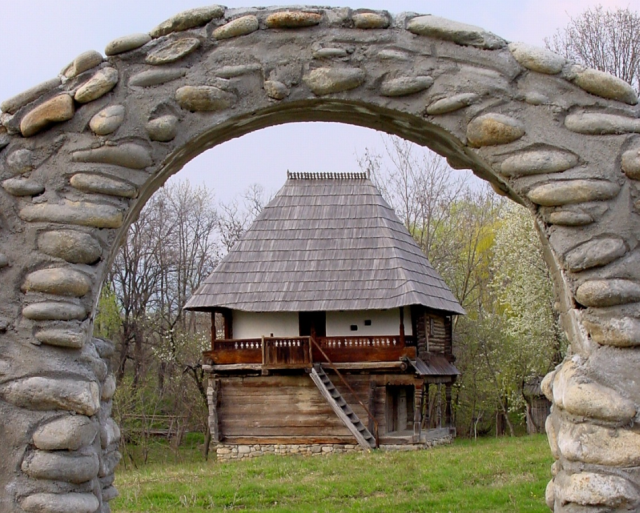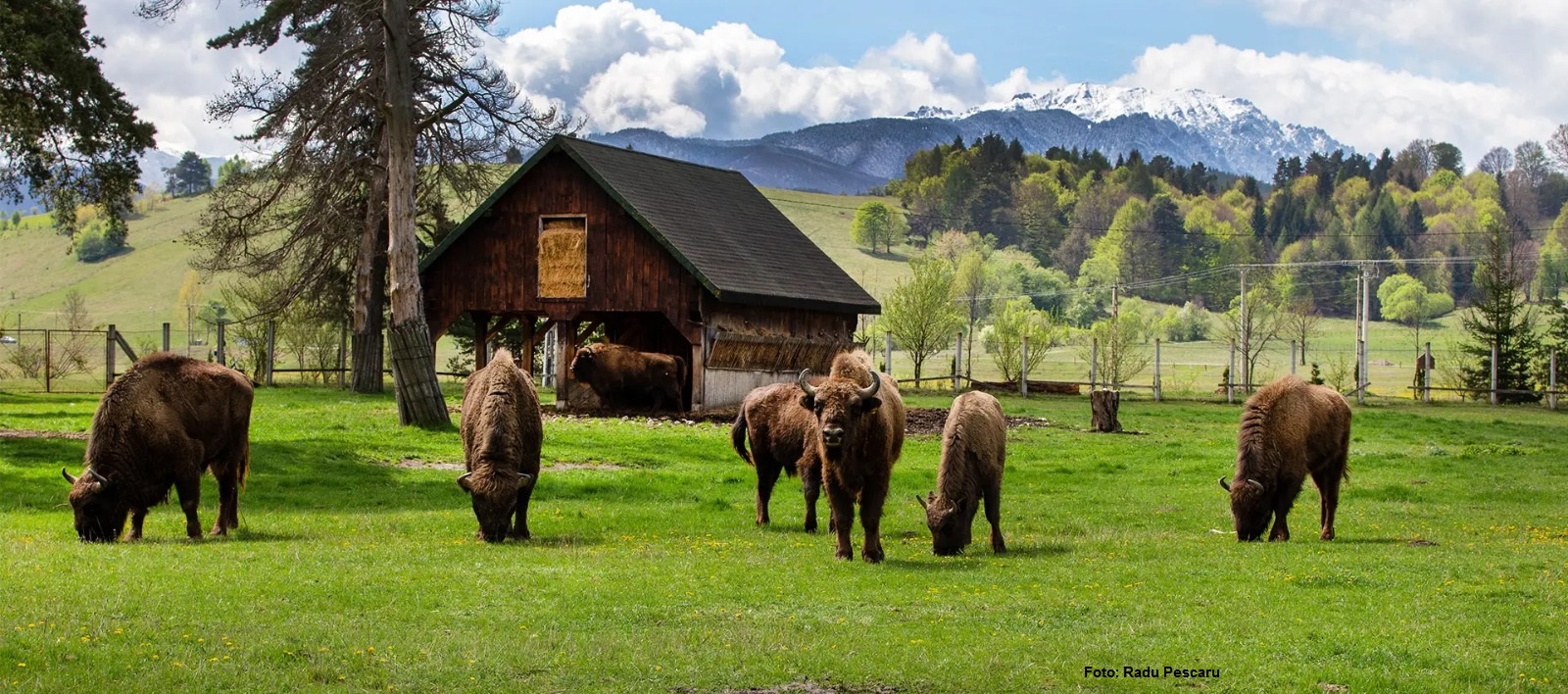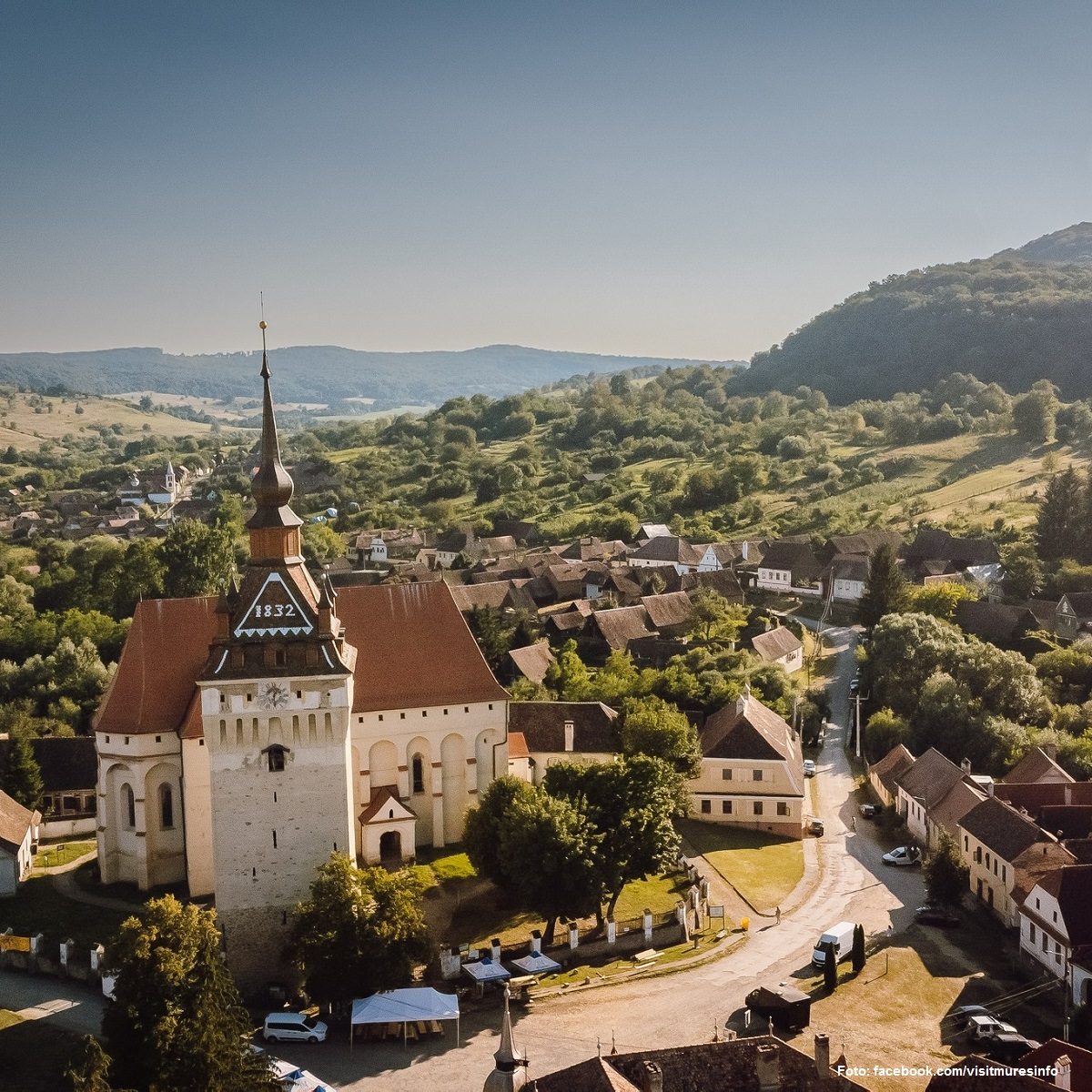A new competition on RRI – A Contemporary of Brancusi: Constantin Antonovici
We travel today to south-western Romania, to Gorj county. The mountainous area in the northern part of Gorj is the perfect destination for adventure seekers and photographers looking for spectacular landscapes.
Warning: Trying to access array offset on null in /home/web/rri.ro/public/wp-content/themes/rri/template-parts/content.php on line 53

Warning: Trying to access array offset on null in /home/web/rri.ro/public/wp-content/themes/rri/template-parts/content.php on line 98
România Internațional,
22.10.2015, 15:03
We travel today to south-western Romania, to Gorj county. The mountainous area in the northern part of Gorj is the perfect destination for adventure seekers and photographers looking for spectacular landscapes. If you don’t like the heights, though, the area is also ideal for cultural tourism. Constantin Brancusi, the artist viewed as the founder of modern sculpture, was born in Gorj county, in the village of Hobita. Not far from here, in Targu Jiu, you can find his unique outdoor ensemble of sculptures. While in Gorj, you can also visit the area’s century-old Orthodox monasteries. Doru Strambulescu, the head of the Constantin Brancusi Research, Documentation and Promotion Centre in Targu Jiu told us what makes Gorj county an ideal holiday destination irrespective of the time of the year:
“Gorj county, in particular the area at the foot of the mountains, provides a whole range of opportunities for tourism, from cultural to religious and adventure travel. There are many sites worth visiting here, beginning with the town of Targu Jiu, the home of Brancusi’s landmark ensemble. Travelers to the region can also visit the monasteries at the foot of the mountains, such as Lainici, Tismana, Polovragi and Crasna. These monasteries are very beautiful and very old and still preserve the old monastic and Orthodox traditions. Other places worth visiting are natural sites such as Polovragi Cave, the Women’s Cave in Baia de Fier, the Galben Gorges and the Sohodol Gorges. Gorj is also crossed by Transalpina, one of the most spectacular high-altitude roads that runs through Parang Mountains.”
One good thing about Gorj is that unlike more popular tourist regions in Romania, you can always find good accommodation here, irrespective of the season. Doru Strambulescu again:
“There is a large number of hotels and guesthouses in Targu Jiu, of all sizes and for all budgets. We have four and three star hotels, as well as guesthouses in an area close to the town, so that visitors can easily find pleasant accommodation.”
The Brancusi Centre also has a tourist information office and a shop, says Doru Strambulescu, the centre’s manager:
“Both Romanian and foreign visitors can find here lots of material about the Brancusi outdoor ensemble. There is also a visitors’ book where Romanian and foreign tourists can write down their impressions. Having read them, I can tell you they are very positive. Targu Jiu is a clean and elegant town located at the foot of the mountains.”
In the 1930s Constantin Brancusi was already a mature artist, famous not only in Europe but also in the United States. In fact, his works had started selling well in the US ever since the 1920s, as he had many solo and group exhibitions there. He was well promoted in art galleries and his works’ value on the art market increased considerably.
However, there was something that bothered him. He had not managed to create something important for his country, which he had left at the age of 28, to go to Paris. So he gladly accepted the proposal made by the Gorj Women’s National League to build a monument in Targu Jiu dedicated to the Gorj heroes that lost their lives in WWI, during the battles in Jiu. Adina Andritoiu, an advisor with the Constantin Brancusi Research, Documentation and Promotion Centre, tells us more about the open-air sculptural ensemble in Targu Jiu:
“This ensemble is very well known, but it’s important that people come and take a closer look at each of its pieces. Brancusi placed them in a certain order, each with its own meaning. Seeing them in this order that starts with the Table of Silence and continues with the Gate of the Kiss and Saint Apostles’ Church and ends with the Endless Column can give visitors a better indication of Brancusi’s genius. In 1937 and 1938, when Brancusi created the monument, the town was less crowded and less developed. However, this sculptural ensemble, which was built on a site stretching from the banks of Jiu River to the surrounding hill where the Endless Column is located, created in fact an axis along which the town later developed and which links the two essential points of the town’s center.”
Visitors come from all the corners of the world, says Adina Andritoiu, an advisor with the Constantin Brâncuşi Centre for Research, Documentation and Promotion:
“Last year actually, the winner of the contest organized by RRI – Milita Petrascu, a Contemporary of Brâncuşi, – was from France. He was really happy. It was his first time in Romania. He was really enthusiastic about what he could see here. Of course, we accompanied him to the most important tourist objectives in Gorj County. We went on a road trip on the Transalpina motorway, we visited the monasteries of Gorj County. I also had the opportunity of talking to two Australians. They were members of a philharmonic orchestra, and had come to Bucharest for a concert. They had come to Targu Jiu particularly to see the works of Constantin Brâncuşi. They had heard about him and knew a lot, but they really wanted to see the works for themselves. And there will be others like them. Tourists come in organized groups, but also by themselves, sometimes bringing their families along, seeking to learn more about this part of Romania, which they read about or learned from your shows and which they want to see with their own eyes”.
We recall that anyone providing correct answers to our questions can be the winner of a 7-day full board trip to Gorj County, the birthplace of Constantin Brâncuşi.






























